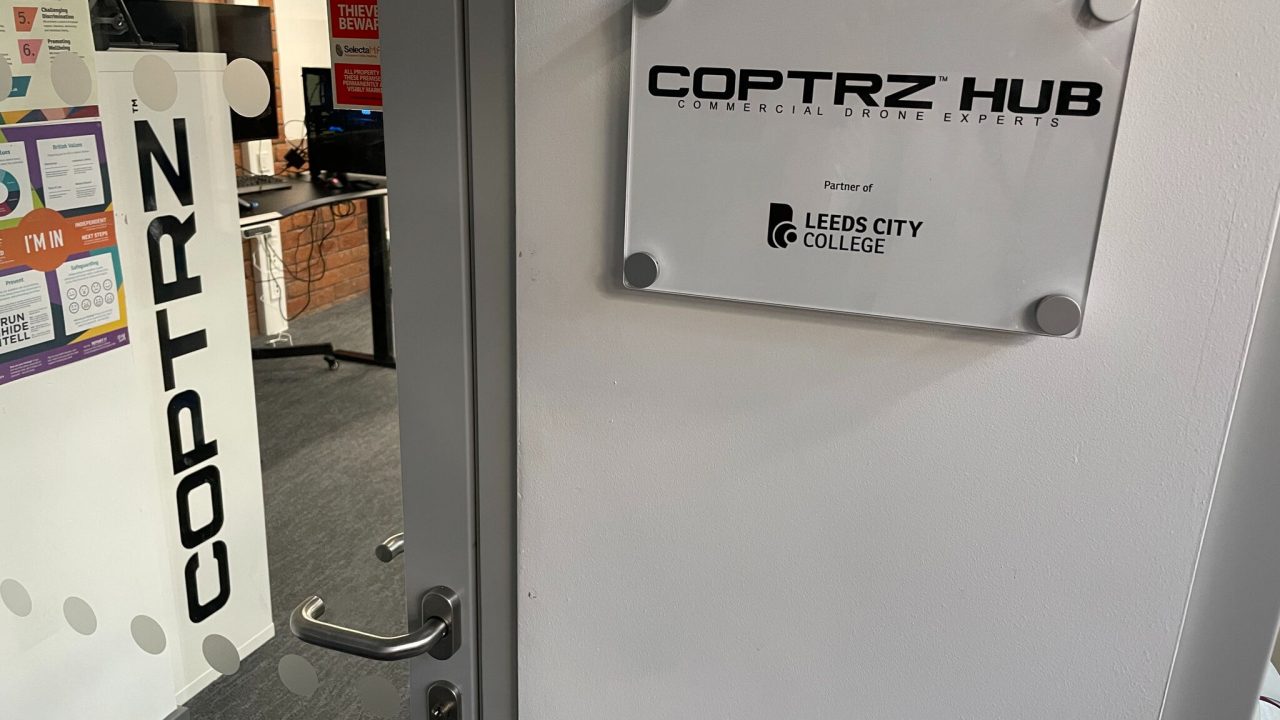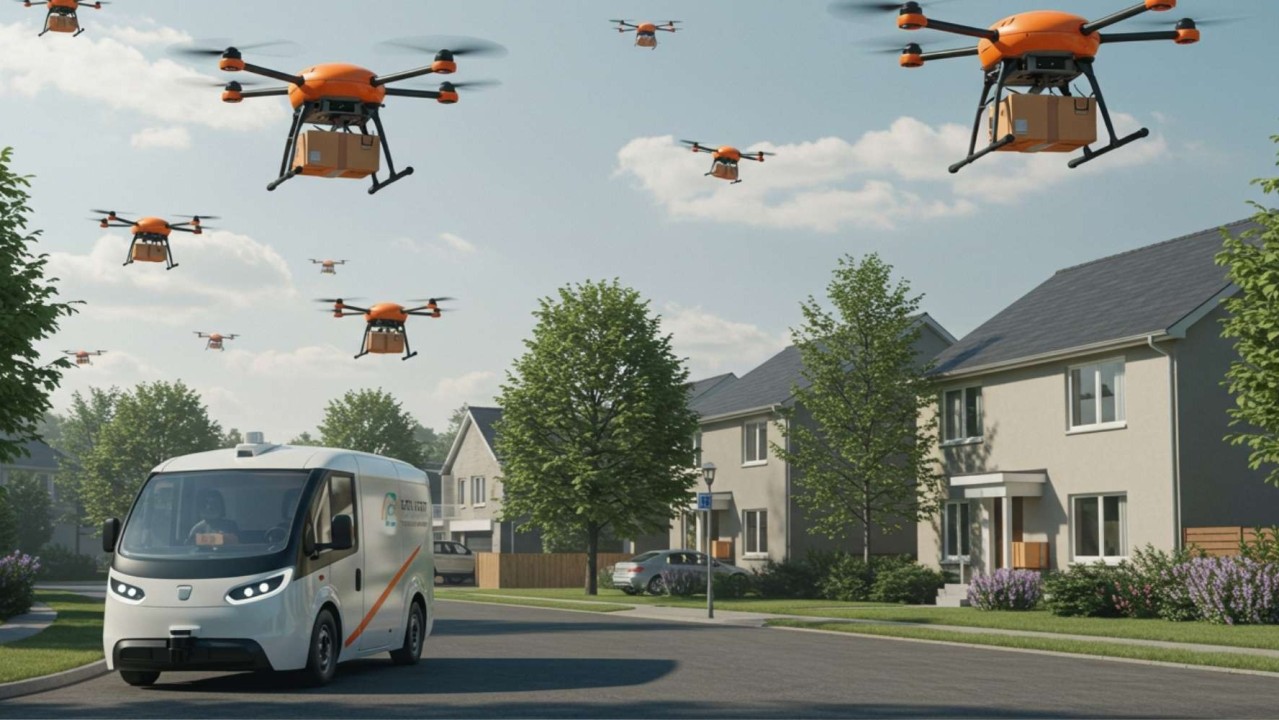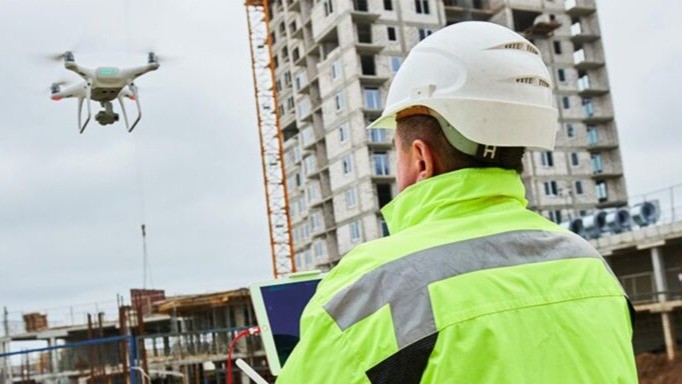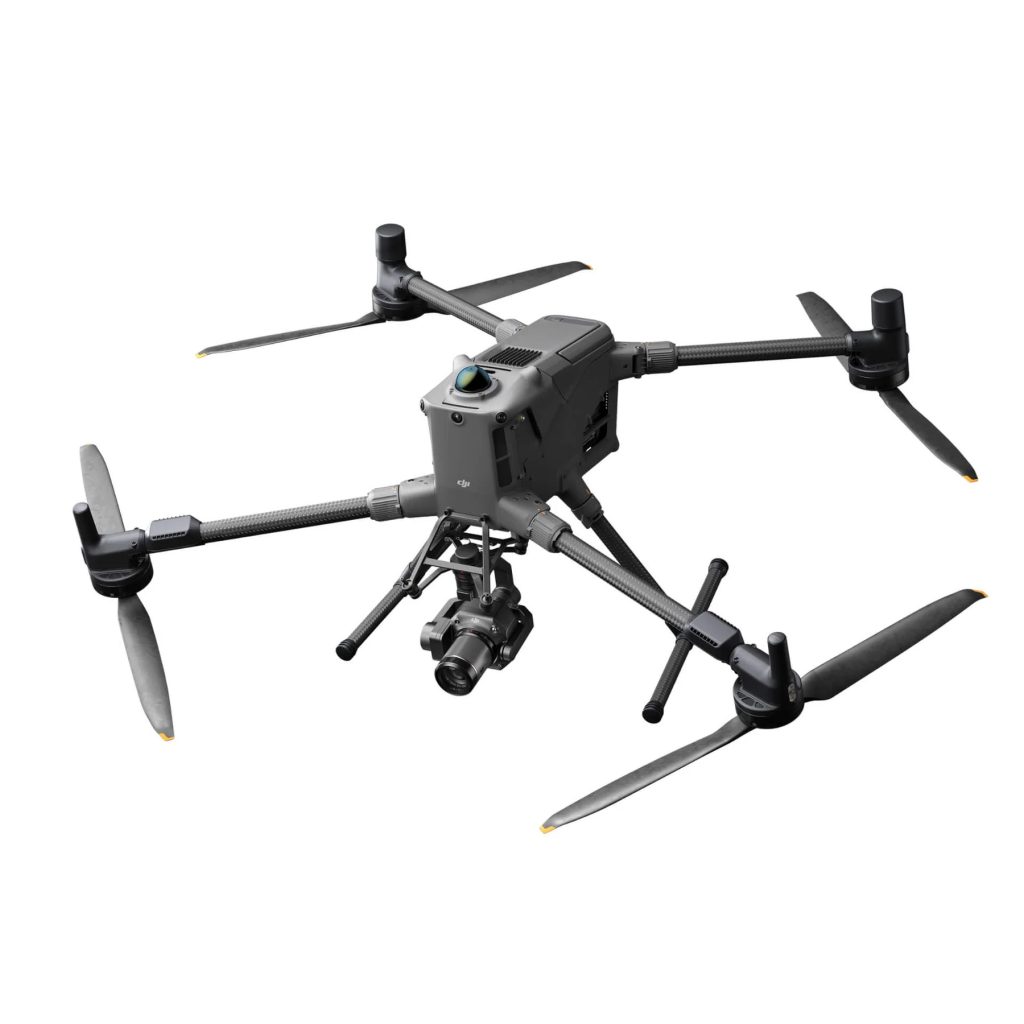
Drones, or Unmanned Aerial Vehicles (UAVs), have revolutionised various industries, including education. In the UK, institutions are increasingly integrating drones into their curriculum, particularly in surveying, construction, and other technical fields. Their ability to provide real-time data, improve safety, and enhance learning experiences makes them invaluable tools for students and professionals alike.
Drones in Surveying and Construction Education
Surveying and construction courses have greatly benefited from drone technology. Traditionally, surveying required extensive fieldwork, manual measurements, and costly equipment. However, drones equipped with high-resolution cameras, LiDAR sensors, and GPS technology have streamlined the process, allowing students to capture accurate topographic data efficiently.
Key Applications in Surveying and Construction:
- Aerial Mapping and 3D Modelling: Drones help students create detailed digital terrain models and 3D representations of construction sites, enhancing their understanding of site planning and land assessment.
- Site Monitoring and Progress Tracking: In construction courses, drones enable students to monitor building progress and detect potential safety hazards without requiring physical site visits.
- Structural Inspections: UAVs allow learners to assess buildings, bridges, and other infrastructure for defects, reducing the need for costly scaffolding or risky manual inspections.
- Environmental Impact Studies: Students can use drone data to evaluate the environmental effects of construction projects, promoting sustainable practices in the industry.
Beyond Surveying and Construction: Other Educational Uses of Drones
While drones play a crucial role in surveying and construction courses, their applications extend to various other disciplines, enriching the educational experience.
1. Geography and Environmental Science
Drones are used in field studies to monitor coastal erosion, deforestation, and climate change effects. Students can collect aerial imagery and analyse real-time environmental data to support their research.
2. Agriculture and Land Management
In agricultural studies, drones assist in precision farming, enabling students to assess crop health, soil conditions, and irrigation needs. This hands-on experience prepares them for careers in agritech and sustainable farming.
3. Engineering and Robotics
Engineering students use drones to explore aerodynamics, coding, and robotics. By designing and programming UAVs, learners gain practical experience in automation, AI, and machine learning applications.
4. Media and Journalism
Drones have transformed media studies, providing students with the ability to capture high-quality aerial footage for documentaries, news reports, and creative projects.
Future Prospects
Looking ahead, the integration of drones into education is expected to grow, with advancements in AI, automation, and data analysis enhancing their capabilities. As technology evolves, UK institutions will continue to develop innovative courses that leverage UAVs, preparing students for the future workforce.
Conclusion
Drones have become essential tools in education, particularly in surveying, construction, and other fields. By providing real-world applications, enhancing safety, and improving learning outcomes, they empower students with cutting-edge skills. As more UK universities and colleges adopt drone technology, the future of education will be more dynamic, engaging, and technologically advanced.
Download our FREE GVC Training Guide
Learn everything you need to know about becoming a drone pilot with our GVC training guide.
- Get a full course roadmap to understand every step of the journey
- Contains clear answers to all of the frequently asked questions
- Get a transparent and comprehensive breakdown of course costs













